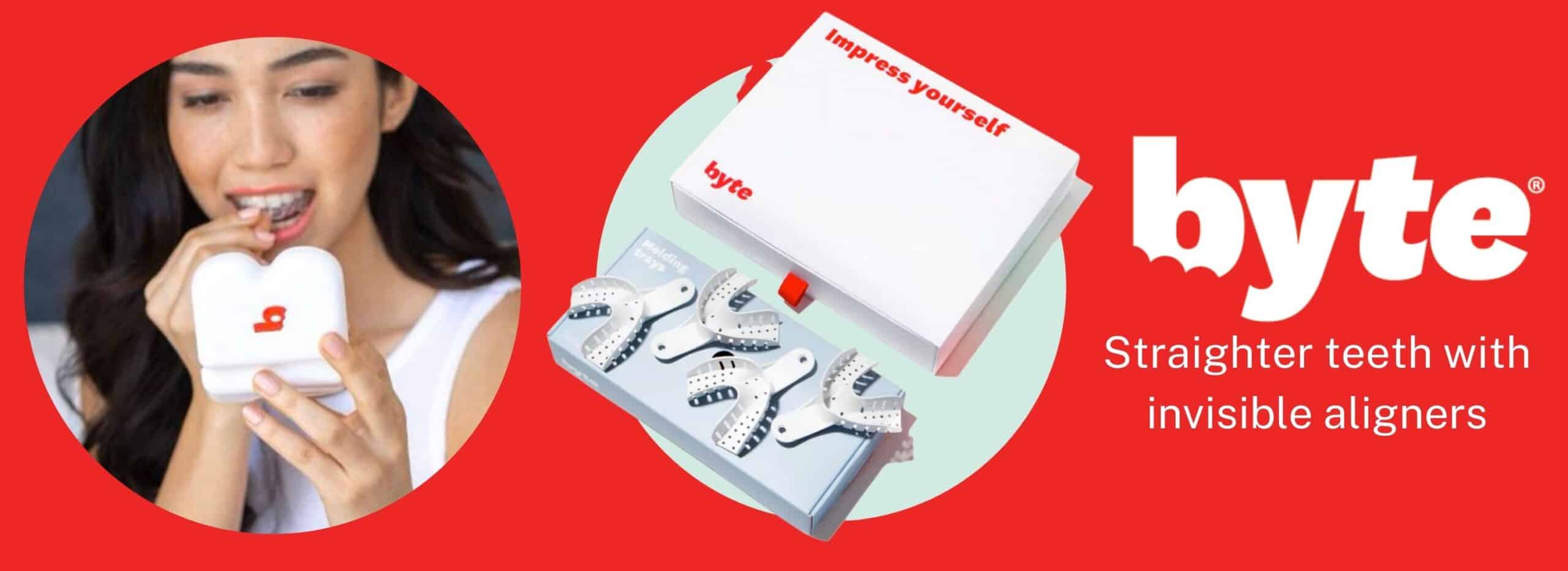By Sean Zucker –
Advertisements are everywhere now for toothpaste that promises to squash all dental concerns. Turn on a television at any given moment, and it won’t be long until a commercial pops up that holds the secret to whiter teeth, less plaque and fewer cavities. With this type of unrelenting attention, it is easy to assume that choosing the right toothpaste is the most important step toward dental health. Lots of experts, however, would disagree. Tooth brushing technique is more critical than the toothpaste used.
The American Dental Association (ADA) also notes that brushing at least twice a day for a minimum of two minutes is essential. Beyond that, toothbrushes should be replaced after three months of use to maintain their effectiveness. If any of these habits are ignored, calculus—also known as plaque—will begin to develop. The consequences of which can be severe and go well beyond cavities.
“Inside the calculus are bacteria that release acids that cause cavities, break down your enamel and tunnel inside the tooth toward the nerve and jawbone, causing infection if left untreated. From there, bacteria can travel to other parts of your body, including the brain, heart and lungs,” Dr. Tien Jiang, a prosthodontist at Harvard University, reported in Harvard Health.
Despite these concerns, Jiang stresses a specific brand or type of toothpaste isn’t a large part of the dental health equation. Instead, she cites simpler and cheaper approaches for maintaining tooth and gum health.
“It’s not the toothbrush that matters; it’s the technique,” she explained. “You might have a brush that does all the work for you. But if you don’t have an excellent brushing technique, you’ll miss plaque, even with an electric toothbrush.”
An extension of this theory is the recent dry brushing trend, which involves brushing without toothpaste. The technique’s development was based on the notion that toothpaste is mostly inconsequential to dental health. While that might seem extreme, there is research to support this idea. University of Bern in Switzerland discovered this after having 128 volunteers brush without toothpaste for six months. At the end of the testing period, the team found a 67 percent reduction in plaque buildup for the participants. They also noted that the prevalence of bleeding and gingivitis was reduced by 50 percent.
These findings back up brushing technique is more important than the products involved.It, of course, begs the question of what exactly the correct way is to brush. The ADA advises that ideal tooth brushing includes soft brush strokes. Applying too much pressure can damage the enamel and gums. The organization also recommends placing the toothbrush against the gumline at a 45-degree angle to remove plaque from above and below before tilting the brush vertically and making several up-and-down strokes to clean the front of the teeth.
Jiang agrees with ADA’s recommendations and suggests that proper technique is universal. However, she adds that a person should choose a toothbrush that they’re comfortable with and which addresses their specific needs. It is far more important than worrying over which toothpaste to buy.
All this means that whether a paste active ingredients like fluoride, charcoal or baking soda matters a lot less than how a brush is used.













